This sounds reasonable, but why do these strategies fall short (when used alone)?
There is more oxygen in the air in Vegas, we have increased exposure to risky situations in college, and there are social taboos against calling out a friend. Environment is a powerful enabler, and despite our best attempts to be the one to do things differently, the world around us always has a trump card.

